Are marmots dangerous? Ferocious fiends or furry friends?
Are marmots dangerous? We take a look at these giant furry alpine rodents and give our guidance on what to do if you meet one in the backcountry
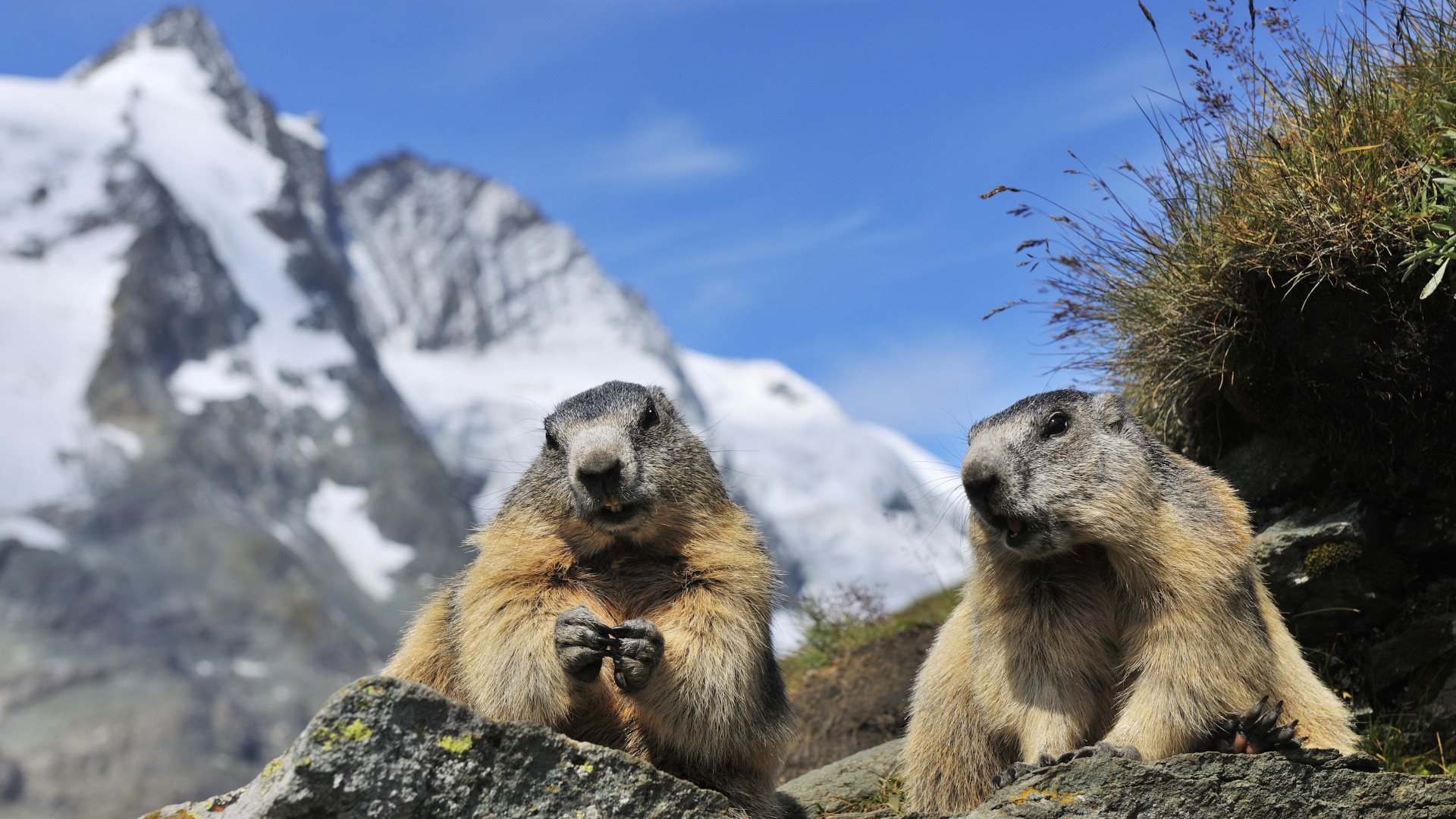
Are marmots dangerous? It's not an unreasonable thing to ask. After all, it's understandable that humans can be somewhat wary of rodents. One only has to consider the Black Death, a particularly dark chapter in our long relationship with the furry order of mammals, to which rats, mice, guinea pigs, beavers, chinchillas, capybaras, hamsters and, yes, marmots belong.
It may be unfair. The Black Death was actually spread by hitchhiking fleas but rodents do have a reputation from bringing disease to our doorstep. Inhabiting some of our most spectacular alpine regions, marmots are a particularly impressive and large kind of rodent. As we cross paths with them on the mountain trails, we're within our rights to ask whether they're aggressive or whether they could be carrying undesirables.
Our hiking expert has investigated the facts surrounding marmots to answer, once and for all, are marmots dangerous?
Are marmots dangerous?
Marmots pose very little threat and are extremely unlikely to attack humans. However, they can carry ticks and there's a possibility they could transmit rabies. So, it's best not to approach marmots directly.
They’re largely vegetarian and like you, mostly trying not to get eaten by a bear. That said, like most wildlife, if you did try to touch or threaten a marmot, we can’t promise it wouldn’t bite you, but the simple answer is to leave the poor things alone. This goes for all wildlife safety.
Meet our expert

While there are no marmots in her native Scotland, Julia spent much of her adult life in the States, where she loved nothing more than exploring the Rocky Mountains. As a nature lover, she's always on the look out for wildlife – whether its spotting ptarmigan or eagles in the Highlands or watching marmots or ibex in the Alps. She loves exploring the world's alpine regions, often with her binoculars to hand.
Today's best deals
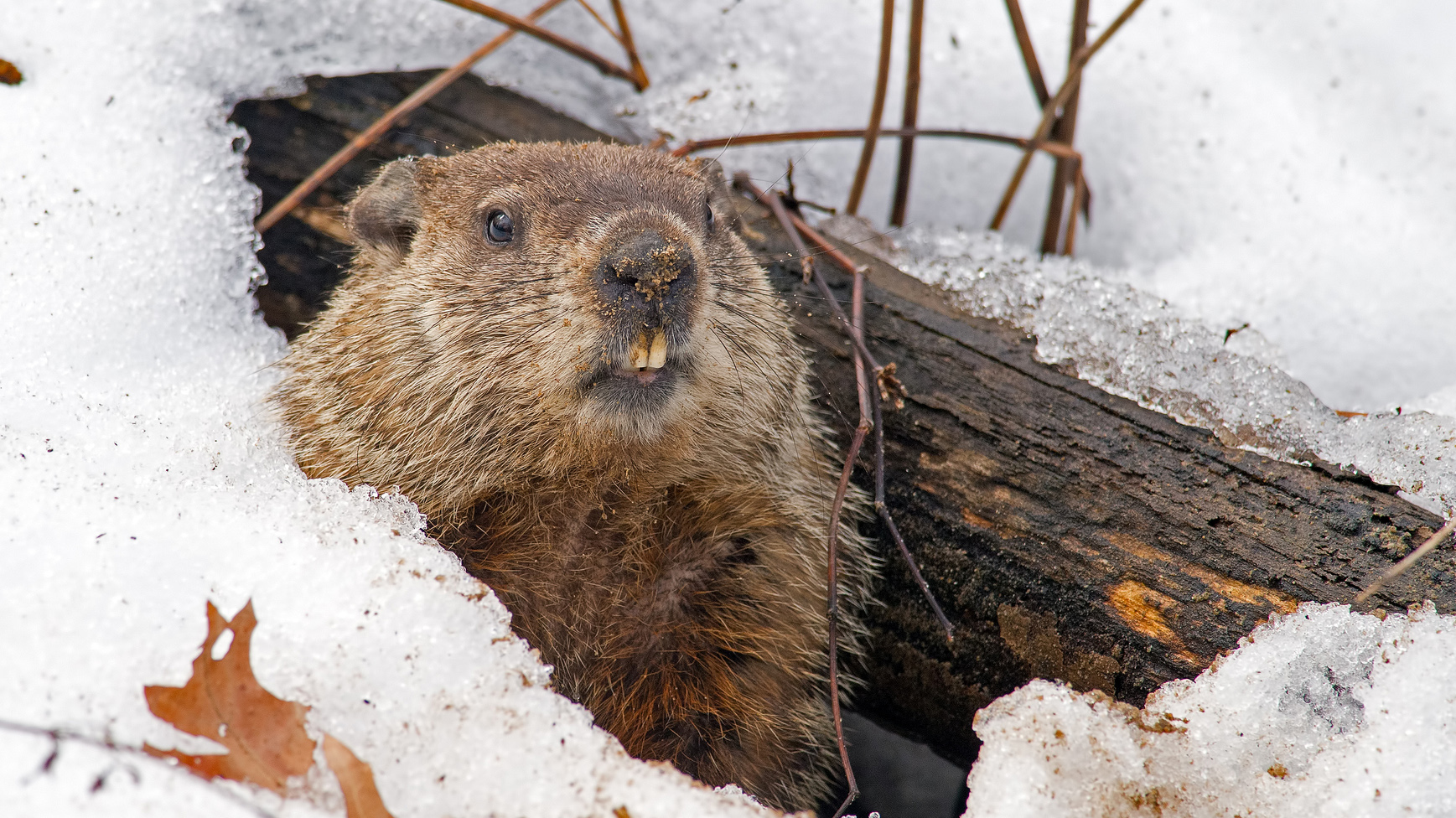
What is a marmot?
- A marmot is a large member of the squirrel family of rodents
- They’re omnivorous and live in high alpine environments, plains and steppes
- Their bulky bodies can be up to 23 inches long
- They’re known for their high-pitched whistle, an alarm call when in danger
A marmot is a rodent – a rather large one – and a member of the squirrel family, though almost definitely bigger than any you’ve seen in Central Park. These giant omnivorous ground squirrels are best suited to cold environments, so they are mostly found in the high alpine environments of North America as well as places like the Alps, the Himalayas and northeastern Siberia where they graze on tundra vegetation, grass, flowers and seeds. If you’re an adventurer, you’re probably going to see a lot of them.
There are 14 different species of marmot and they can weigh 6-15lb (3-7kg). They have bulky bodies up to 23 inches long, short legs and short, bushy tails. Their medium length fur can be brown, reddish or yellowish brown, black, or gray and white.
All the latest inspiration, tips and guides to help you plan your next Advnture!
Marmots are often found in the mountains, though they also inhabit plains and steppes, and they live in self-built burrows that offer them protection from predators such as grizzly bears. When they’re not hiding from bears, marmots often stand guard on rocks and cliffs and, when they spot you coming, they’ll discharge a high-pitched alarm whistle, which you’ll usually hear before you set eyes on them. If they feel threatened, they’ll scurry off back to their burrow, but if it’s a popular hiking trail, chances are that they’ll be used to hikers and just cast a curious eye over you as you pass by.
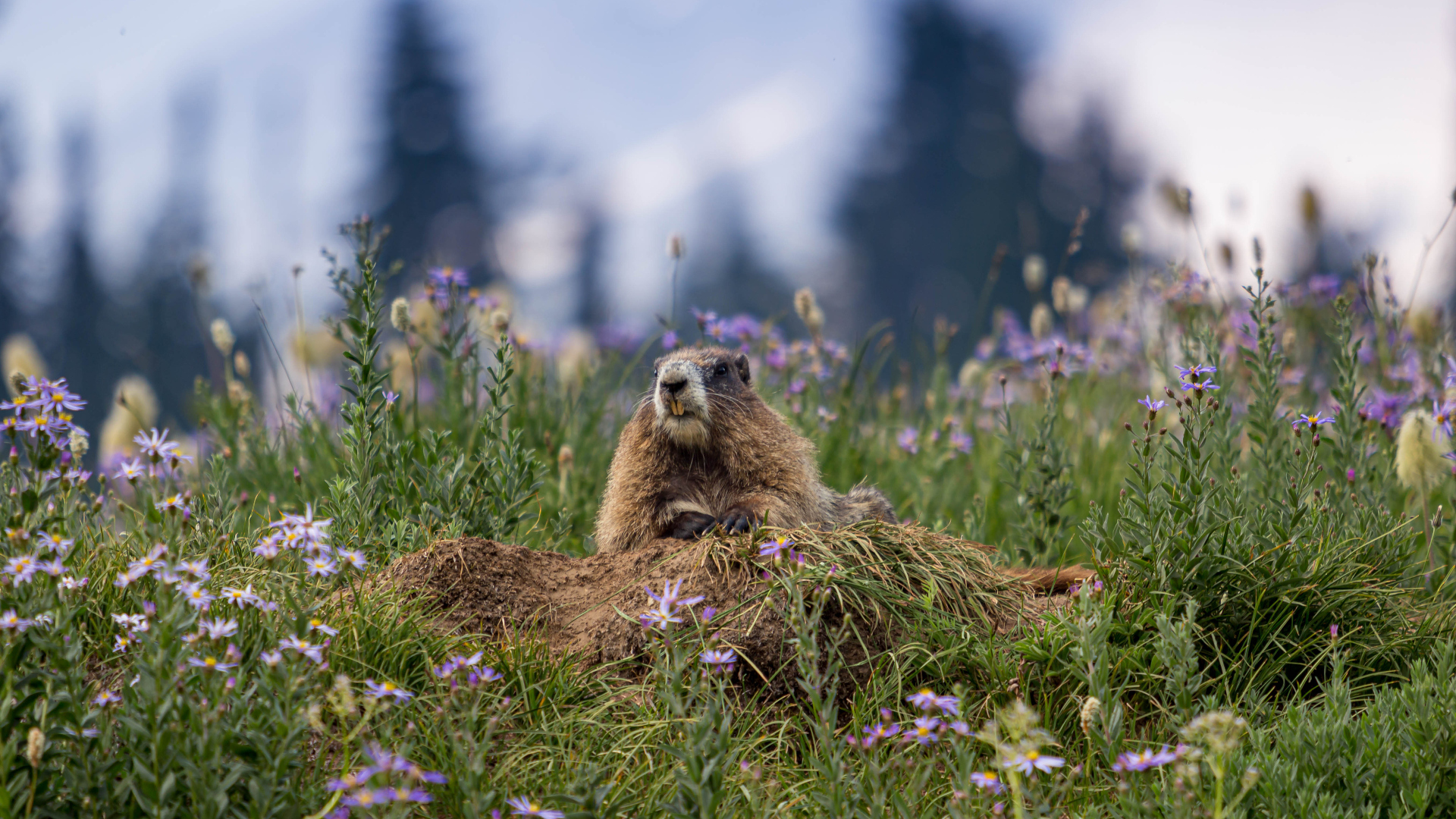
Is a marmot the same as a groundhog?
- Groundhogs are a type of marmot
- Groundhogs can be found at lower elevations than most types of marmot
If marmots remind you of Bill Murray reading the weather on repeat, that’s because groundhogs are indeed a type of marmot. Groundhogs are also found at lower elevations, such as the eastern and central United States, which explains the strange February 2 tradition of examining a groundhog’s shadow – or lack thereof – to determine whether or not spring will come early. Sort of.
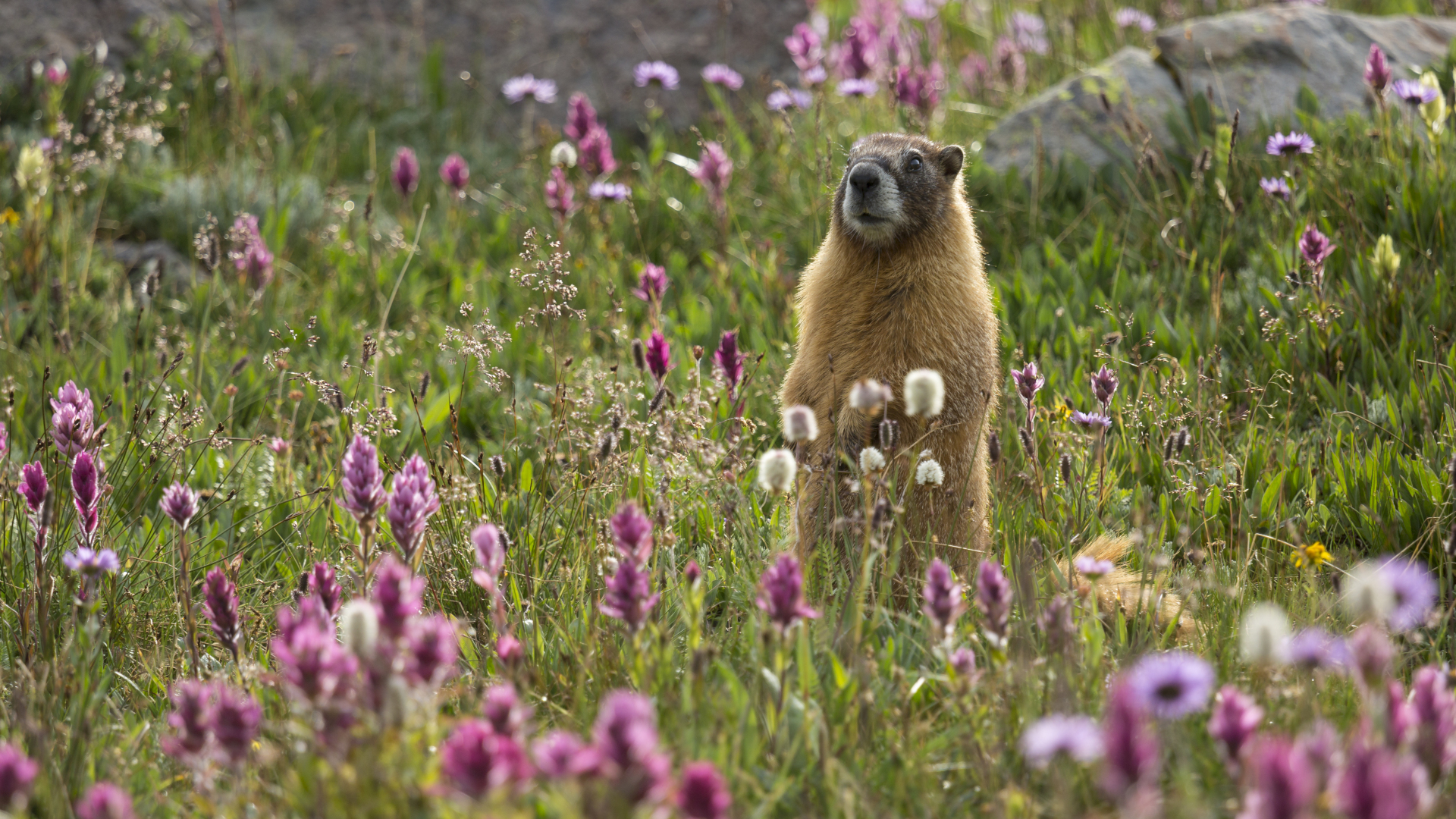
Do marmots carry diseases?
- Marmots can carry ticks, which can carry Lyme disease, tick-borne encephalitis virus (TBEV) and Rock Mountain Spotted Fever
- Marmots could also transmit rabies
- It’s sensible not to approach marmots or feed them
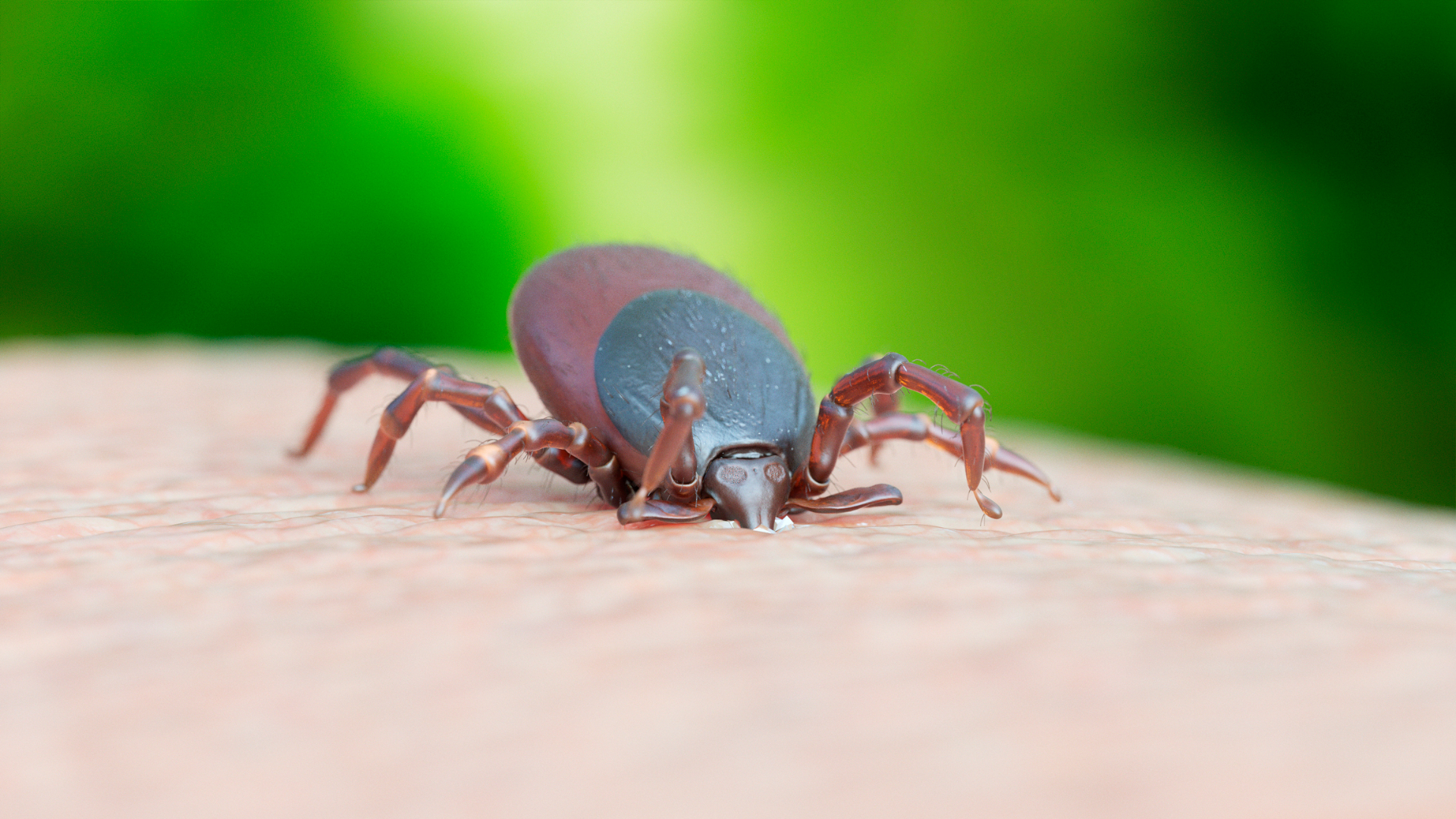
Just as rats can carry disease spreading fleast, marmots can carry ticks, which in turn can carry Lyme disease, tick-borne encephalitis virus (TBEV) and Rocky Mountain Spotted Fever. They could also transmit rabies, so if your instinct upon seeing one is to squeal 'OMG so cute!' and chase after it, don't. Practice simple safety and don’t approach marmots.
Though they're likely to give you a wide berth, they might approach you if you have food, but please don’t feed them either, as this can cause them harm. Marmots in the French Alps were discovered to have developed diabetes due to tourists feeding them!
So, to recap, you can enjoy marmots from afar without fearing for your safety. If you are adventuring in the Rocky Mountain areas, however, you will want to know what to do if you meet a mountain lion or a bear on the trail.
Julia Clarke is a staff writer for Advnture.com and the author of the book Restorative Yoga for Beginners. She loves to explore mountains on foot, bike, skis and belay and then recover on the the yoga mat. Julia graduated with a degree in journalism in 2004 and spent eight years working as a radio presenter in Kansas City, Vermont, Boston and New York City before discovering the joys of the Rocky Mountains. She then detoured west to Colorado and enjoyed 11 years teaching yoga in Vail before returning to her hometown of Glasgow, Scotland in 2020 to focus on family and writing.

